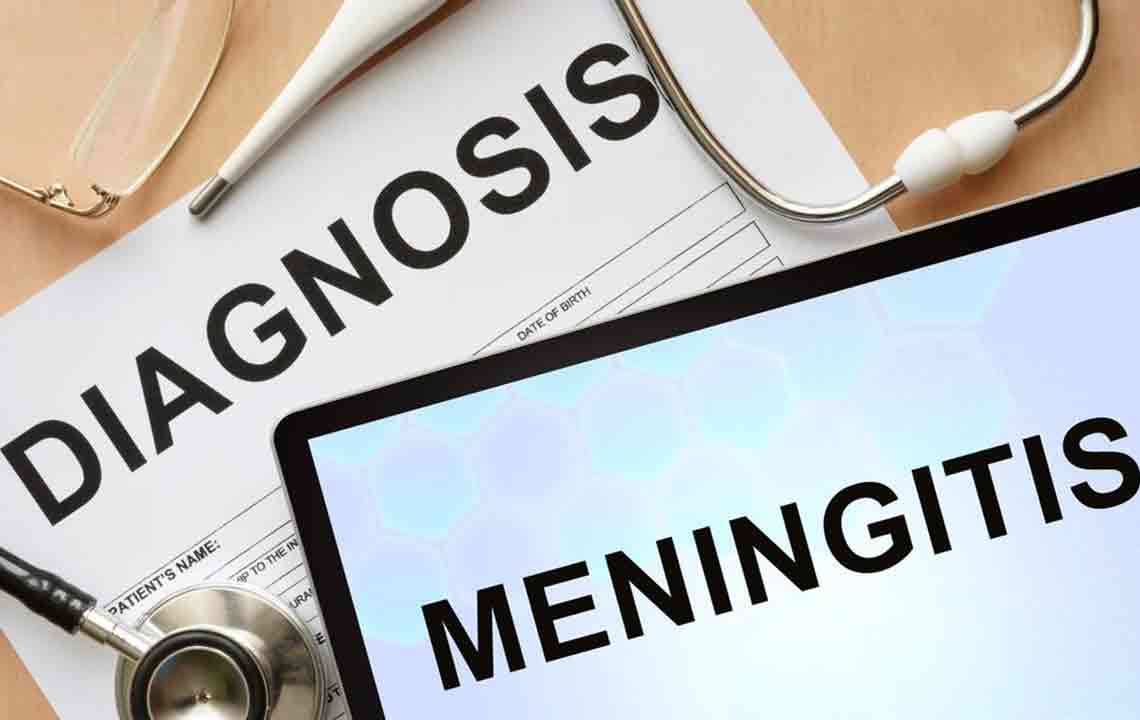Childhood Meningitis: Causes, Symptoms, and Prevention
This article explains the causes, symptoms, and treatment options for meningitis in children. It highlights the importance of early detection, vaccination, and prompt medical intervention to prevent severe complications. Recognizing key signs like fever, neck stiffness, and altered consciousness is critical. The piece emphasizes that bacterial meningitis can be life-threatening without timely treatment, whereas viral meningitis often resolves on its own. Proper diagnosis through lumbar puncture and early use of antibiotics or antivirals is crucial for positive outcomes.

Child Meningitis: Understanding Causes and Recognizing Symptoms
Meningitis involves inflammation of the protective layers surrounding the brain and spinal cord, posing a serious health risk. It is considered a medical emergency requiring prompt attention.
Origins of Meningitis
The condition can result from viral or bacterial infections, but factors like injuries, cancers, and certain medications may also trigger it. Infections spread through sneezing, coughing, or kissing. While viral meningitis is more common and tends to be milder, bacterial meningitis can be life-threatening, especially if untreated. Fungal meningitis is rare and develops chronically. Symptoms vary based on age and infection type.
Bacterial meningitis spreads rapidly via nasal and throat secretions, often causing severe complications such as hearing loss, seizures, brain damage, kidney failure, gait disturbances, shock, hydrocephalus, and heart inflammation. Infants are commonly affected by Group B strep, E. coli, and Listeria, whereas adolescents may develop meningitis from pneumococcus or meningococcus. Immediate treatment with antibiotics is crucial to prevent these severe outcomes.
Viral meningitis is generally less severe, often resolving naturally without antibiotics. It can cause symptoms like fever, cold, diarrhea, sore throat, and other flu-like signs. The virus spreads easily in crowded settings, making children in schools more vulnerable. Early medical attention is vital if symptoms worsen.
Recognizing Meningitis Symptoms in Children
Distinct symptoms can be hard to identify early, as they mimic flu. Key signs include headache, neck stiffness, sudden high fever, and altered mental state. Additional symptoms may involve nausea, irritability, rashes, cold extremities, light sensitivity, rapid breathing, weakness, fatigue, rapid heartbeat, and sensitivity to loud sounds. Infants may show high-pitched crying, poor feeding, lethargy, swelling on the soft spot, yellowish skin, and stiffness.
Prompt diagnosis and treatment are essential. Consult a healthcare provider if meningitis is suspected, as early intervention can save lives.
Diagnosis and Treatment Options
Meningitis diagnosis involves a lumbar puncture to collect cerebrospinal fluid (CSF), which is analyzed in labs. Vaccinations can prevent certain types. Bacterial meningitis requires antibiotics, while viral forms may not need specific treatment. Corticosteroids can help reduce inflammation and prevent complications. Early detection and prompt treatment are key to recovery.
If you or your loved ones show signs of meningitis, seek immediate medical care to ensure effective treatment and improved outcomes.










